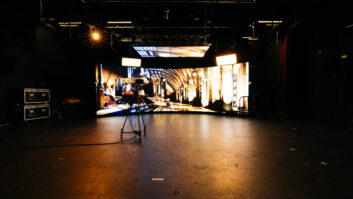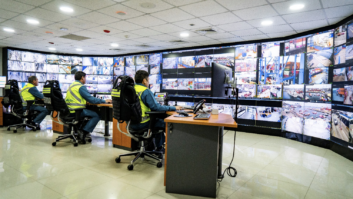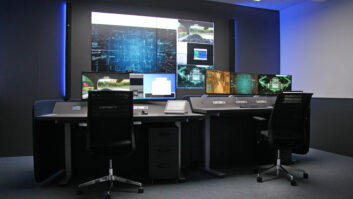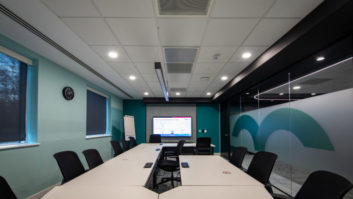
Digitalisation is fundamentally changing working environments and the way we work. The technology to support this needs to be implemented in a coherent manner, the Internet of Things in a business environment does not just happen. You have many disparate technologies from many manufacturers that need to work together. You have many different tasks that users need to complete their roles. In order to support the users and provide them with the tools that they need, you have to look at your approach to technology. Taking a strategic approach to implement the new working environments so that they actively contribute to the achievement of company objectives is the only way in which to do this.
Digitalisation demands
Digitalisation has the power to fundamentally change the way we work. Digitalisation helps with innovation and efficiency, if implemented properly. This business transformation should shake up established companies but many don’t have the structures in place to be able to support the changes in digitalisation process fully. These changes have intensified global competition and is placing increasing demands on efficiency, innovation and productivity. Companies must continuously develop, change and reinvent their business and processes in order to take advantage of the potential of technology.
“Companies need to break down rigid structures to enable more efficient teamwork and new creativity”
Innovations today are generated by agile group collaboration. Efficiency and productivity depend on how well this collaboration works. Companies need to break down rigid structures to enable more efficient teamwork and new creativity. This leads to changes in the world of work: The focus of office work is shifting from stable handling processes and standardised routine activities to knowledge work with complex and dynamically changing tasks and teams. This trend is accelerated by new interactive and digital communication and collaboration technologies.
Added value
The new working methods and technologies create new demands on companies, their buildings and workspaces. These new processes change the reasons for employees to enter their company building. Nowadays, the added value lies in meeting with colleagues to coordinate with them and develop innovations together as a team. The current technical possibilities allow the physical rooms to grow together with the digital workstation, which accompanies the employees on mobile devices everywhere. Ideally, rooms are created that allow a seamless transition from individual to teamwork.
This allows competences and resources to be networked efficiently and flexibly. Communication and collaboration technology enable the use of knowledge and resources between employees, even across departments and location boundaries. This technology ensures that companies can work faster, more effectively and more agilely.
As a result, workspaces and their AV equipment have become an active part of increasing productivity and achieving targets in companies. For this reason, the technology used requires a business valuation perspective. Which is why you need a strategic approach to your future workspaces.
Four levels
What does a strategic approach for future workspaces look like? We recommend considering four levels: strategy level, technology concept level, technical design and implementation level and operational level with a comprehensive service management.
Strategic consulting analyses which processes and working methods are simplified or made possible by modern IT and AV technology. These methods and processes are evaluated with regard to feasibility, costs and benefits. This is the preliminary stage for the evaluation of suitable system architectures and integration approaches within the concept. The result is a business decision template. The detailed technical design for the implementation project only begins once this has been legitimised. Finally, operation stability is ensured by operational concepts and comprehensive service management processes, which guarantees that the future workspaces are highly available, can be used productively and thus quickly generate the planned ROI.







